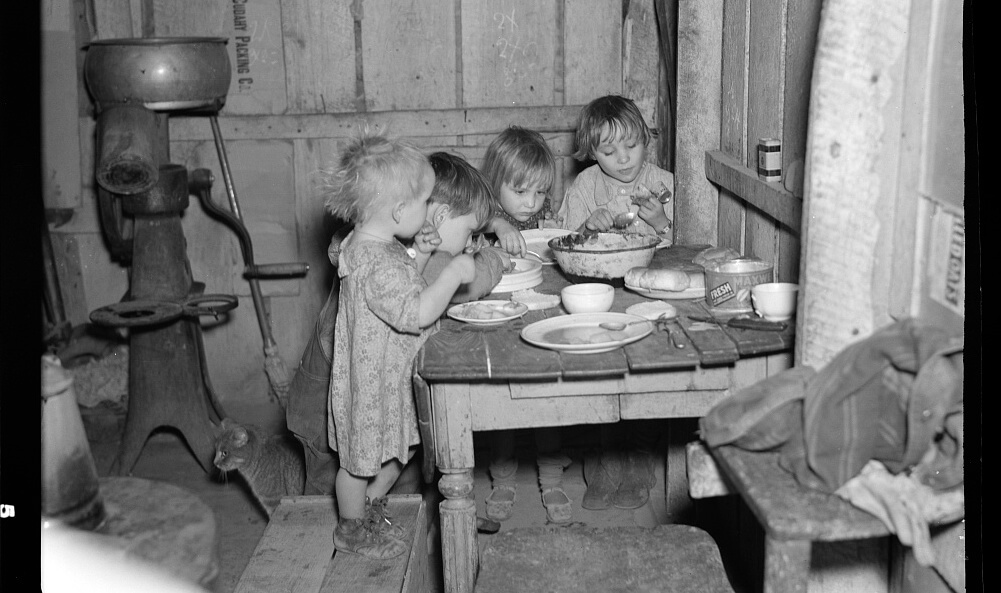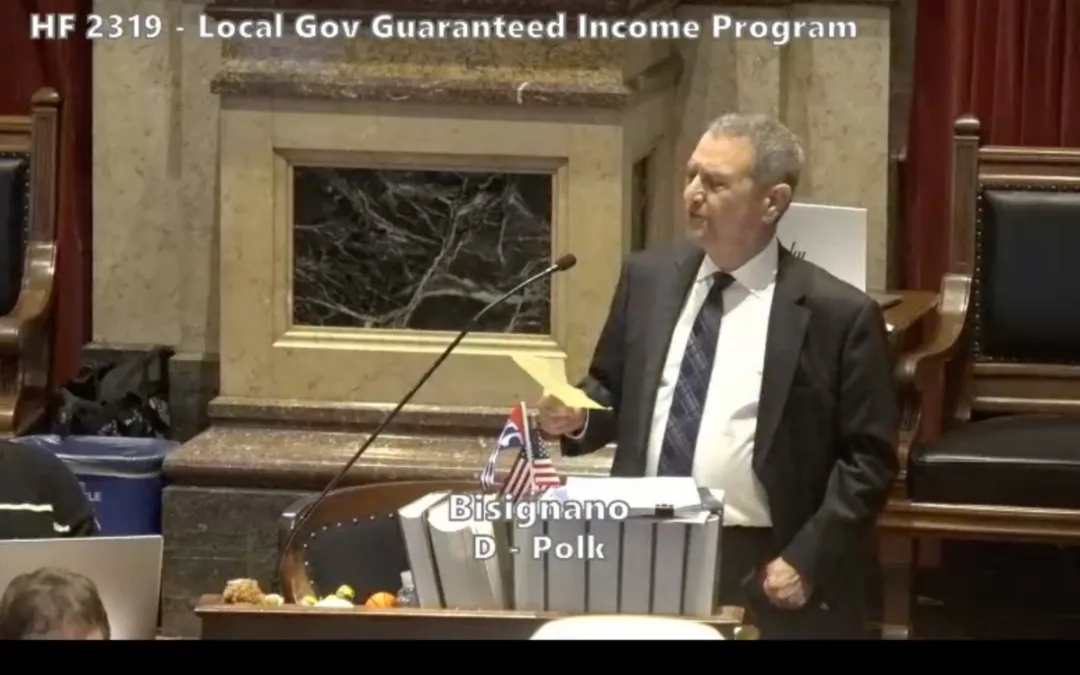
With the Fourth of July just around the corner, that’s a sure sign summer is here. And summer traditionally means vacation season.
A summer vacation that is riveted in my memory was in August 1962 when my parents, my two brothers and I piled into our Dodge and headed for Washington, D.C.
There were no water parks, thrill rides or giant ball of twine to tempt us. This vacation was all about history — the U.S. Capitol, the White House, monuments and memorials, Arlington National Cemetery and George Washington’s Mount Vernon.
For an 11-year-old kid who had memorized the names of President John Kennedy’s cabinet members and who stunned his teacher a year or two earlier by knowing where President Dwight Eisenhower liked to play golf (the answer: Augusta, Ga.), this trip was a certified big deal.
Walking into the rotunda of the Capitol beneath the soaring dome, I was in awe thinking about the important issues that had been debated and voted on in this very building.
Looking down from the gallery onto the floor of the House of Representatives, this boy from Bloomfield was thrilled to see another guy from Bloomfield, Rep. John Kyl, standing on the floor of this great chamber.
My parents were Democrats; John Kyl was a Republican. But politics didn’t matter on that August day in 1962. This was about patriotism and respect for our government and for the people who were looking out for us there in the nation’s capital.
My parents were Democrats because of the Great Depression. Lots of people looked upon President Franklin Roosevelt almost with reverence. He steered the country through the social and economic catastrophe that was the Depression. He guided us through the cataclysmic events of World War II.
When I was a kid, people talked about voting for the person, not the party. Thus, Dwight Eisenhower, a Republican and a hero from World War II, coasted into the White House with victories in 1952 and 1956.
Now, too many of us side with our party, regardless of where it wants to take us.
Years after that trip to Washington, my fascination with history took me into the Library of Congress’ collection of photographs from the Great Depression. The images are from throughout the U.S., including such Iowa towns as Milford, Spencer, Shannon City and Smithland.
There are wonderful pictures from the Iowa State Fair in the 1930s and picturesque farm scenes showing tidy farm homes, outbuildings and machinery from that era.
But many photos tug at your heart and show the other side of Iowa during the Depression.
These photos show ramshackle shanties that served as houses. Many had only one or two windows and no curtains or blinds.
A series of photos from December 1936 show the Edgar Allen home near Milford, where the family of seven lived on a rented farm. The floors were bare wood planks. Clothes were piled on the floor because there was little furniture.
The Charles Benning family lived in a tiny unpainted shack near Spencer in 1936. The building was as wide as four adults standing shoulder to shoulder.
One image has lingered with me longer than all the others.
The photo shows four young children of Mr. and Mrs. Earl Pauley standing at a little table eating Christmas dinner in 1936 in a house on the farm they rented near Smithland in Woodbury County. The children are standing — the littlest is on a wooden box — because there were no chairs to sit on.
It’s hard to call the house a house. The building looked more like a shed. The unpainted interior walls were the back side of the boards that formed the exterior wall.
And it’s hard to call the Christmas meal a meal. It was potatoes, cabbage and pie.
In the 80 years since this heartbreaking photo record of the Great Depression was made, Social Security, Medicare, Medicaid and unemployment benefits have made scenes like these rare.
But memories of these photos bring me to today.
I worry that what our Congress is trying to accomplish now — by scaling back the Medicaid program for the poor and the elderly, by reductions in the food stamp program, and with cutbacks in other government programs serving the poorest of our neighbors — will create terrible new memories that will haunt another generation.
Memories of places like the Earl Pauley home are far removed from today’s members of Congress and our president. I doubt that was the case for my parents back in 1962 when we looked in on the U.S. House.
Pope Francis said in 2015, “The coexistence of wealth and poverty is a scandal. It is a disgrace for humanity.”
We ought to keep the pope’s wise counsel in mind as the U.S. Senate gets ready to vote this week on a single piece of legislation that would provide about $1 trillion, with a “t,” in tax cuts for the wealthiest Americans over the next decade, while making health insurance unaffordable and out of reach for many millions of our brothers and sisters.
by Randy Evans
Reprinted from Bloomfield Democrat
Posted 6/28/17
Politics

Biden marks Earth Day by announcing $7 billion in solar grants
The Biden administration on Monday announced the recipients of its Solar For All Program, a $7 billion climate program that aims to lower energy...

6 terrifying things that could happen if the Comstock Act is used to target abortion
Does 1873 sound like a really, really long time ago? Well, that’s because it is—but if Republicans and far-right anti-abortion activists have their...
Local News

No more Kum & Go? New owner Maverik of Utah retiring famous brand
Will Kum & Go have come and gone by next year? One new report claims that's the plan by the store's new owners. The Iowa-based convenience store...

Here’s a recap of the biggest headlines Iowa celebs made In 2023
For these famous Iowans, 2023 was a year of controversy, career highlights, and full-circle moments. Here’s how 2023 went for the following Iowans:...




